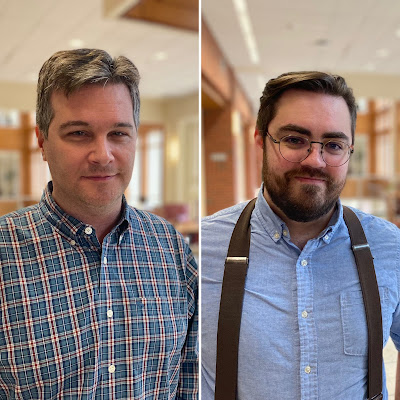OU Engineering Students Shine in Community Projects
The course aims to guide students through the engineering design process, emphasizing collaborative teamwork and problem-solving skills.
This semester’s projects reached many areas of the community. Partnerships with the OU Food Pantry, OU Community Garden, Oklahoma City Zoo, OU Engineering K-12 Outreach, a local dog rescue and the City of Norman provided students with real-world challenges to address. Each team delved into issues presented by the partners, working toward delivering functional design solutions by the semester’s end.
The heart of the course lies in the student’s journey through the engineering design process. After analyzing project requirements and constraints, teams designed and built testable prototypes. Community partners played a crucial role in providing feedback students used to refine their final designs. At the semester’s close, these designs were handed over to the partners for testing and potential implementation, demonstrating the impact of engineering on local communities.
Student’s success in overcoming hurdles was astonishing, Harvey says.
“Working as a team is always a challenge; also having enough time to print was another challenge as our 3D printers are used for many research projects. I was pleased with the level of success in the final designs and was very impressed with what the students were able to accomplish,” said Tierney Harvey, Ph.D., one of seven OU Engineering professors who taught this semester's course.
The students utilized Fusion360 for project design. Access to the Tom Love Innovation Hub and the Library Makerspace, equipped with 3D printers and other tools, proved instrumental in bringing their creations to life. From laser cutting to woodworking, students utilized a range of technologies and skills to bring their innovative designs to fruition.
Harvey says the engagement with community partners was a key aspect of the course. Partners visited the class, first to answer questions during the project initiation and later to provide feedback on the testable prototypes.
"This was a huge benefit as the students were able to apply feedback and learned how important it is to keep in mind the project stakeholders. The other benefit is that most of the projects allowed the students to make something that would actually be used so it wasn’t just a hypothetical problem,” Harvey said.
Among the standout projects was the development of a 3D-printed prosthetic leg for a local farmer's goose (Figure 1). The farmer, who reached out to OU for assistance, was pleased by the students’ final product. All prosthetics created were 3D printed, showing the students’ knowledge of both modeling and materials with some students using TPU filament for flexibility and durability.
Susan Walden, Ph.D., serves as the executive director of Engineering Pathways. OU Engineering students who want to continue to develop their design expertise may take an optional Engineering Design in Action course with a full semester community project, she notes.
This revitalized first-year engineering course is an adaptation of Engineering for Us All (e4usa), a nationally recognized, research-backed curriculum for introducing students from all backgrounds to the opportunities for positive impact and importance of engineering in society. Learn more.
By Lorene A. Roberson, Gallogly College of Engineering



